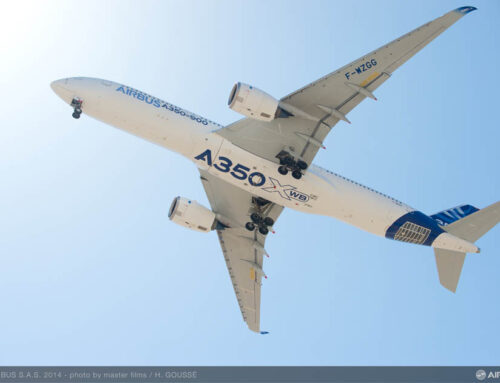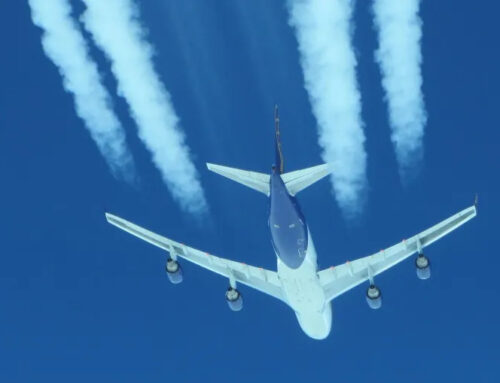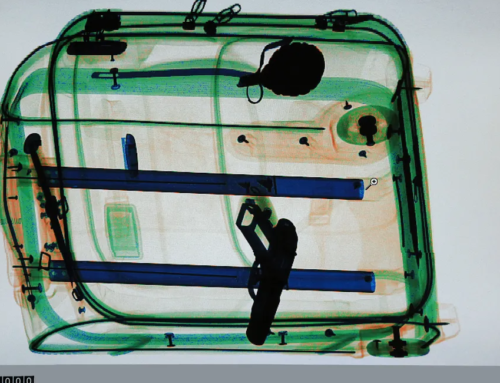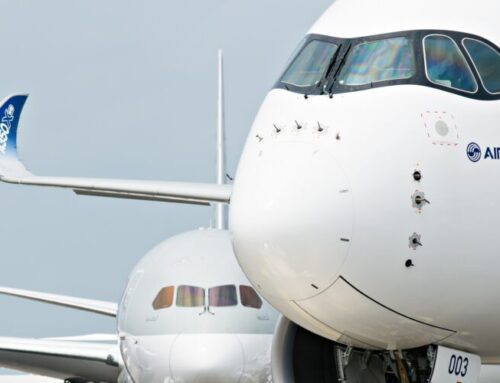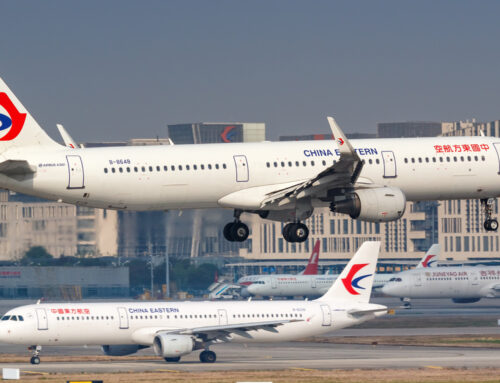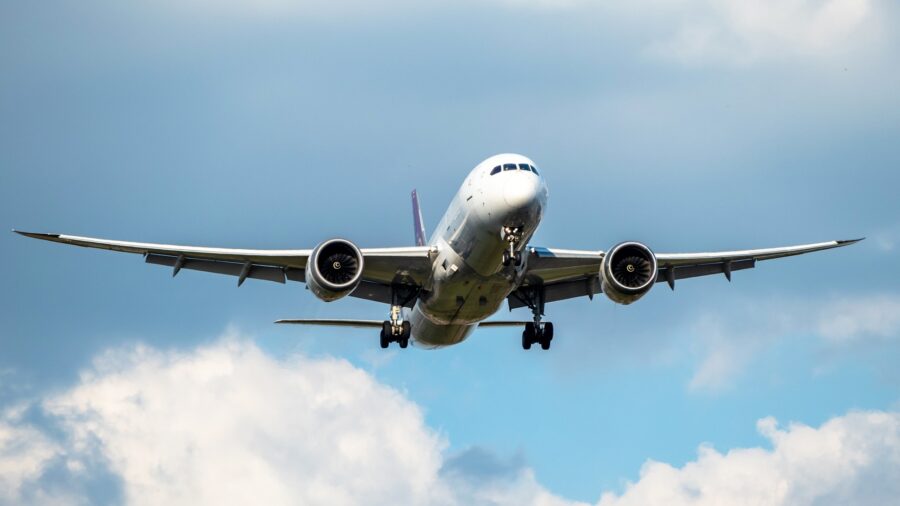
When you’re at the airport, take a moment to observe the airplanes on the tarmac. You’ll likely notice that most of them are painted white. This isn’t just a style choice; it serves several practical purposes that enhance aircraft performance and safety.
The primary reason airplanes are painted white is to reflect sunlight. According to Dan Bubb, a former pilot and now a professor at the University of Nevada, Las Vegas, the white color helps keep the aircraft cooler while parked on the runway. Just like a light-colored car remains cooler under the sun compared to a dark one, a white airplane absorbs less heat, reducing the temperature inside. This is crucial not only for passenger comfort but also for reducing the strain on the plane’s air conditioning systems.
Furthermore, planes at cruising altitude face intense solar radiation, and the reflective white paint helps mitigate this effect. This is especially important for large aircraft, which require significant energy to maintain a comfortable interior environment.
Historically, airplanes weren’t always painted white. Before the 1970s, many aircraft showcased polished aluminum exteriors. However, as aviation historian Shea Oakley explains, the trend shifted when Air France introduced the first “Euro-white” livery in 1976. This sparked a movement towards white fuselages, a trend that has grown with the increased use of composite materials in aircraft construction. These materials do not have the metallic gleam of aluminum, making white a preferred choice for aesthetic and practical reasons.
While white is dominant, some airlines opt for different colors or special designs on their aircraft. For example, Southwest Airlines features blue on its planes, and Spirit Airlines uses yellow. Special liveries are also common, like Air New Zealand’s all-black aircraft for promotional purposes.
However, the practicality of white paint was vividly demonstrated with the Concorde. The supersonic aircraft required a highly reflective white paint to manage the extreme temperatures generated by friction at high speeds. This was so critical that when a Concorde was painted blue for a Pepsi advertisement in 1996, its flight duration had to be drastically limited to avoid overheating, and the blue paint was only temporary.
Overall, while airlines have the freedom to choose their color schemes, the widespread use of white on airplanes is a testament to its practical benefits, ranging from temperature control to minimizing heat damage. This choice ensures that airplanes can operate more efficiently and safely, irrespective of the weather conditions they encounter.
Sources: AirGuide Business airguide.info, bing.com, Apple News


